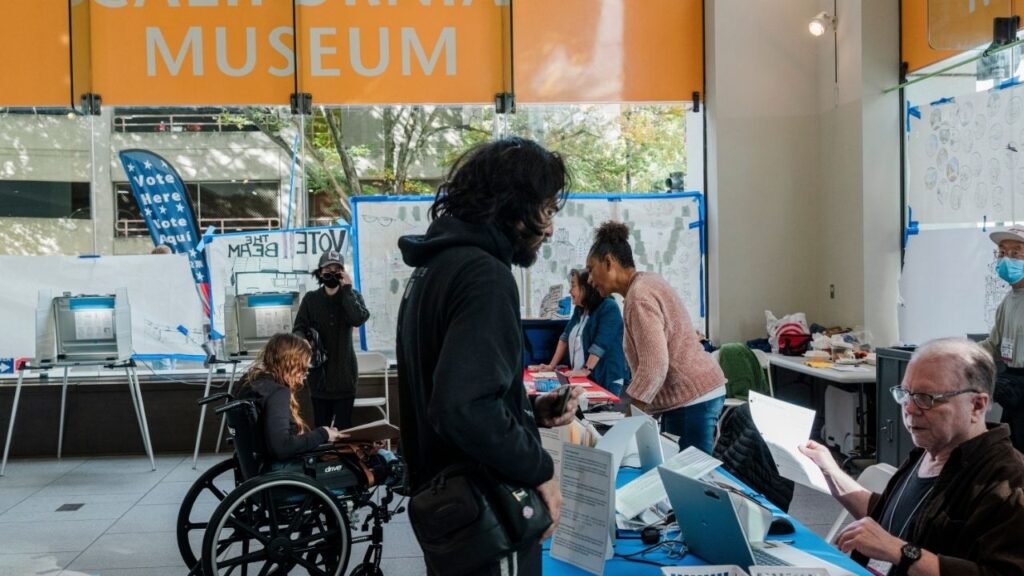Share
Having more or less completed work on the state budget, legislators abandoned the Capitol last week for their annual summer vacation.
They will return in mid-August, presumably, tanned, rested and ready to vigorously tackle other pending matters in the final month of the 2021 session.
High on the agenda is the single most important issue facing California — an ever-growing housing shortage, particularly for low- and moderate-income families, that is the prime factor in our highest-in-the-nation poverty rate and a major barrier to expanding employment.
Quotas Dramatically Raised to Address Housing Shortage

Dan Walters
Opinion
The state Department of Housing and Community Development declares that California should be building 180,000 units of new housing each year to meet demand, but actual production has been scarcely half of that level.
The department has dramatically raised regional housing quotas for the remainder of the decade, more than doubling those for the previous eight-year period, largely because construction fell short. In the six-county Los Angeles region, for example, the quota more than tripled from 412,137 units to 1.3 million.
Regional quotas have been divvied up into specific goals for local governments that are also much higher, particularly in suburban communities that have tended to resist new housing development.
For example, the Orange County communities of Costa Mesa and Westminster had been required to plan for two new housing units each in the previous period, but now have goals of 11,700 and 9,759 respectively.
Pushback on Revised Zoning to Meet State Quotas
While local governments generally don’t build housing themselves, the state requires them to make enough land available, through revised zoning, to meet their quotas.
The new numbers have generated pushback. Suburban cities tried to persuade the Southern California Association of Governments, the regional planning agency, to sue the state rather than accept the 1.3 million quota. When SCAG refused, the Orange County Council of Governments filed its own lawsuit, contending that the 1.3 million figure is twice what it should be.
The Legislature’s role in the conflict is typified by one of the session’s most controversial measures, Senate Bill 9. It would effectively eliminate single-family zoning by allowing duplexes to be built on lots now zoned for one home and making it easier to split single-family lots into two parcels.
The bill is being carried by Senate President Pro Tem Toni Atkins, a San Diego Democrat, and is a new version of an Atkins bill that died, somewhat mysteriously, at the end of the 2020 legislative session.
The earlier bill passed the Senate but was held in the Assembly until just before midnight on the final night of the session, then was sent back to the Senate too late for a final vote. It appeared to be the victim of a personal feud between Atkins and Assembly Speaker Anthony Rendon.
Opposition Urges Newsom to Veto Home Zoning Bill
SB 9 has passed the Senate and will again be pending in the Assembly when the Legislature reconvenes. It’s drawing stiff opposition from dozens of cities affected by the state’s higher housing quotas, particularly those in Southern California.
This month 120 mayors and city council members from 48 Southern California cities sent a letter to Gov. Gavin Newsom, urging him to veto SB 9 should it reach his desk.
“The state nullification of local zoning is an attack on democracy,” the local officials told Newsom. “California already requires citizen participation for general plan adoption, including housing elements, and for zoning ordinances or specific plans. Overriding those policies undermines the very process our state mandates.”
Bottom line: SB 9’s outcome will tell us how much muscle the state is willing to use to force local compliance with its housing goals.
CalMatters is a public interest journalism venture committed to explaining how California’s state Capitol works and why it matters. For more stories by Dan Walters, go to calmatters.org/commentary.
RELATED TOPICS:
Categories

Steam Down for Thousands Tuesday, Downdetector Shows

Mexico Imposes 156% Tariff on Sugar Imports


















